Nine hundred and forty-six total maps were played throughout the entire first phase of the VALORANT Champions Tour in North America.
That number includes the open qualifiers for all three Challengers events, their closed qualifiers, and the final Masters tournament. At the end of Masters, Sentinels stood tall, and we were able to look at the agent pick data from the entire phase.
Compared to the data we looked at from the beginning of First Strike until just after it ended, we see some more diversity in the sentinel and duelist category, with some familiar faces at the very top and the very bottom.
The big three – Omen, Sova, Jett

All hail the shadowy king, long may he reign. Omen has been top dog since the months leading up to and including First Strike, and that reign extends into Europe as well. Across all of NA Phase One, he had a 90 percent overall pick rate. His lowest pick rate is still an 85 percent on Bind, and at Masters, he was picked in all 33 maps played.
Sova, who boasted an 84 percent pick rate, continues to stand out as the unquestionable number two; a near automatic pick utilized by some of the game’s best and brightest like 100T’s Spencer “Hiko” Martin and Sentinels’ Shahzeeb “ShahZaM” Khan.
His pick rates on Ascent, Bind, and Haven are all higher than Omen’s. But the big dropoff happens on Split. In 112 Split maps, Sova was played once, in the Challengers Two lower final by Immortals’ Amgalan “Genghsta” Nemekhbayar, a map IMT lost.
Jett, which was picked 73 percent of the time, emerges as the top choice for duelists. Superstars like Tyson “TenZ” Ngo and Andrej “babybay” Francisty are top-tier difference makers for their teams, and her overall rate jumps up from 60 percent in Europe. Her lowest map rate is Bind at 49 percent, but she sits at 85 percent on Haven and 81 percent on Icebox. North America, as a whole, utilizes more duelists but Jett jumps to the top of the list with ease.
The traditional North American VALORANT lineup consists of the big three agents, one additional duelist and a sentinel. For both rules, we look at how the agents are divided up within the map pool.
The second duelist trio – Raze, Phoenix, Reyna

While some teams like 100 Thieves run with a solo duelist lineup, and while TSM utilizes the triple-duelist frequently, most teams in North America opt for the standard two duelist lineup.
Raze has the highest overall pick rate of the remaining duelists, with 49 percent overall. That rate was much higher at Masters, with a 70 percent rate amongst the top teams in the final stretch. Overall she’s a very high pick on both Bind (90 percent) and Split (90 percent); she’s the second-most picked agent on these maps where her boosts and grenades are best utilized.
The fiery Phoenix’s overall rate sits at 33 percent, but he gets lots of run on Haven, where he is played 58 percent of the time. Haven has plenty of corners for him to flash around, hiding spots to tuck into before using his ultimate, and chokepoints he can wall off with his Blaze.
Reyna sits at a 29 percent overall rating, but gets a boost on Ascent with a 47 percent pick rate, which is the fifth-highest agent pick rate on that map overall. Ascent’s wide open mid area and the walls in site main entrances are great spots for using Leer. Additionally, there are lots of cubbies and corners for Reyna to hide in after using Dismiss on a Soul Orb.
The sentinel split- Cypher, Killjoy, Sage

Similarly to an NA composition’s secondary duelist, the duties of the sentinel are split between three agents depending on which map is being played.
Cypher is easily the most popular overall, with a 54 percent rate, the fourth-highest of any agent overall. Specifically, he is overwhelmingly chosen on both Bind and Haven, with 78 and 76 percent pick rates, respectively. Both maps have bomb sites he can lock down with tripwires and cages, as well as long pathways to sites he can watch with his camera. The only map he isn’t chosen regularly on is Icebox, with just a 7 percent rate.
Killjoy has become more popular in North America since First Strike, with a 35 percent overall pick rate. She’s the go to utility-driven sentinel on both Ascent and Icebox, and is still a popular pick on Split. Several of the game’s best tacticians like 100T’s Josh “steel” Nissan and Envy’s Pujan “FNS” Mehta split their time between Killjoy and Cypher. Between the two of them, the sentinel role is covered across the whole map pool.
But that still leaves Sage, who still emerges as a popular pick on both Icebox (67 percent) and Split (61 percent). Walling off the B site on Icebox is a very popular move for both attacking and defending sites, and her walls and slow orbs are useful across both maps. Her heals and her ultimate are a great addition to teams that favor early peeks when playing these maps.
The bottom of the barrel – Breach, Brimstone, Skye, Viper, Yoru
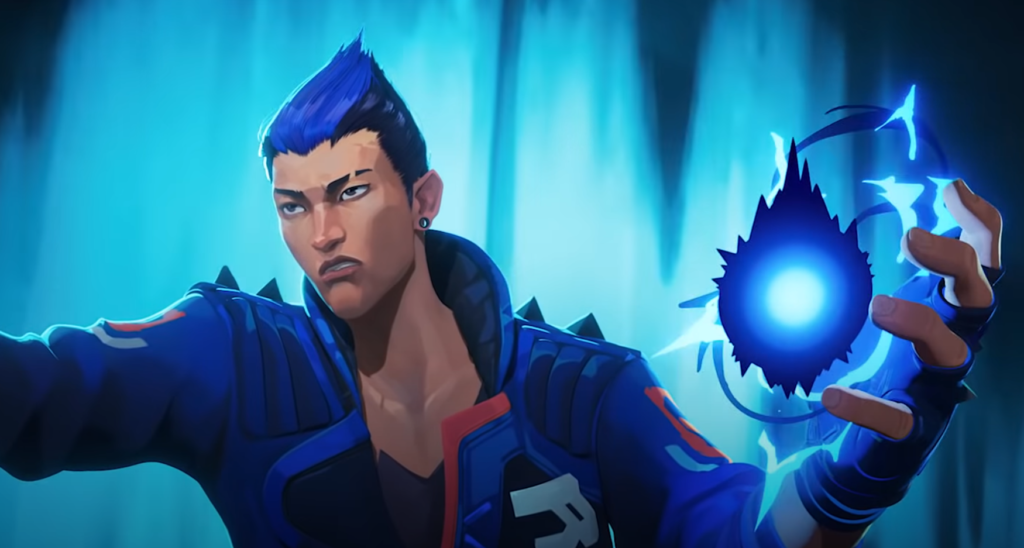
With the exception of Breach on Split, who was picked 34 percent of the time, none of these agents have an overall or map pick rate higher than 20 percent. None of these agents were picked at all at Masters, again with the exception of Breach. Aside from being popular on Split during Challengers, he was utilized regularly on both Bind and Haven but only during Masters.
Brimstone, Skye, Viper, and Yoru are the least-picked agents in North America. This pattern mimics the one seen in Europe during VCT Phase One with the exception of Viper, who was very popular on Icebox across the ocean.
Yoru’s 1 percent pick rate is a sign the agent is in desperate need of buffs and/or adjustments. Astra, who wasn’t available in phase one, will likely have high numbers at the end of phase two, as several teams have spoken about how powerful her kit is.


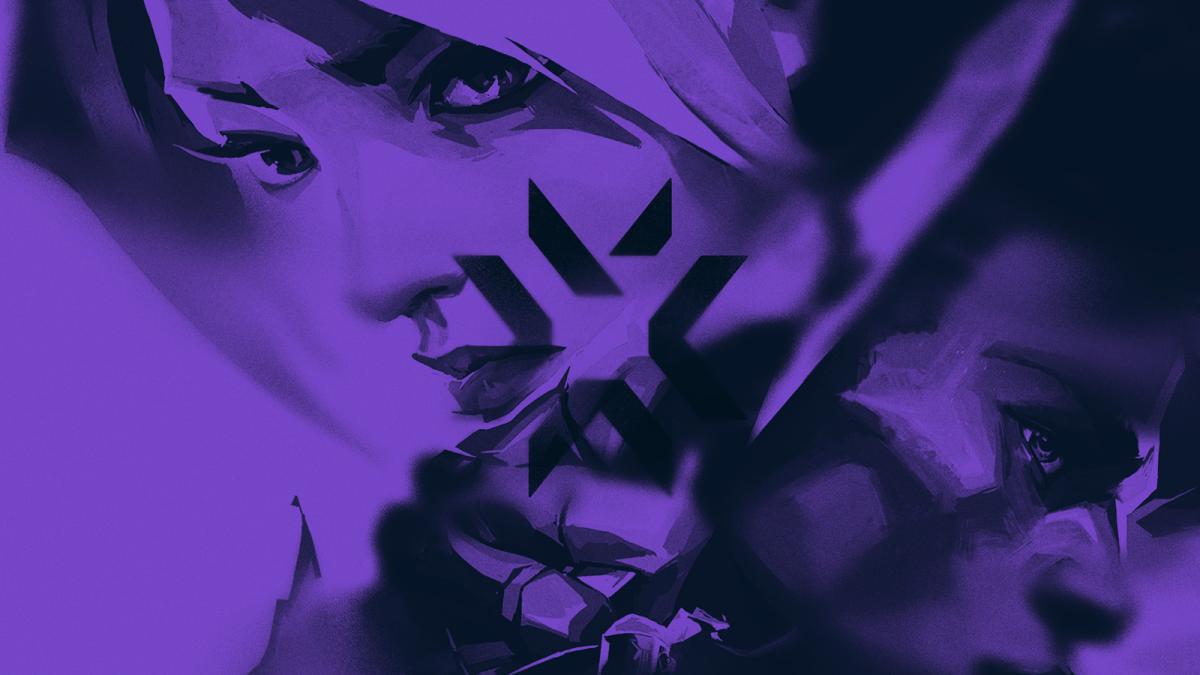
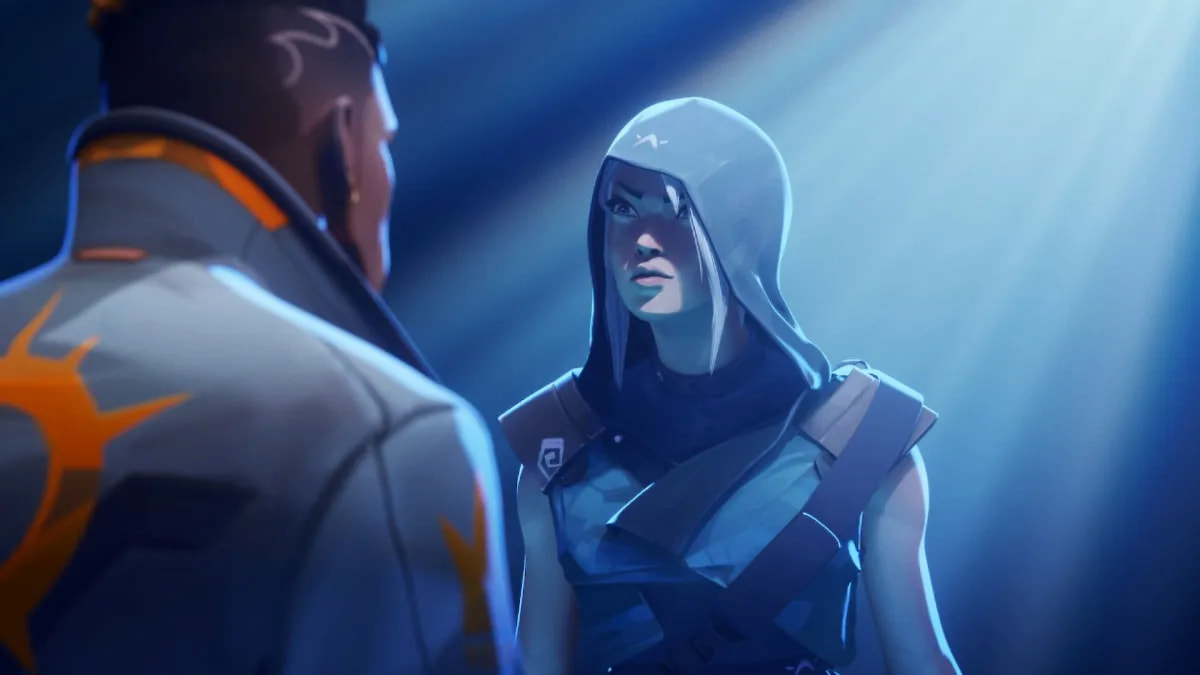
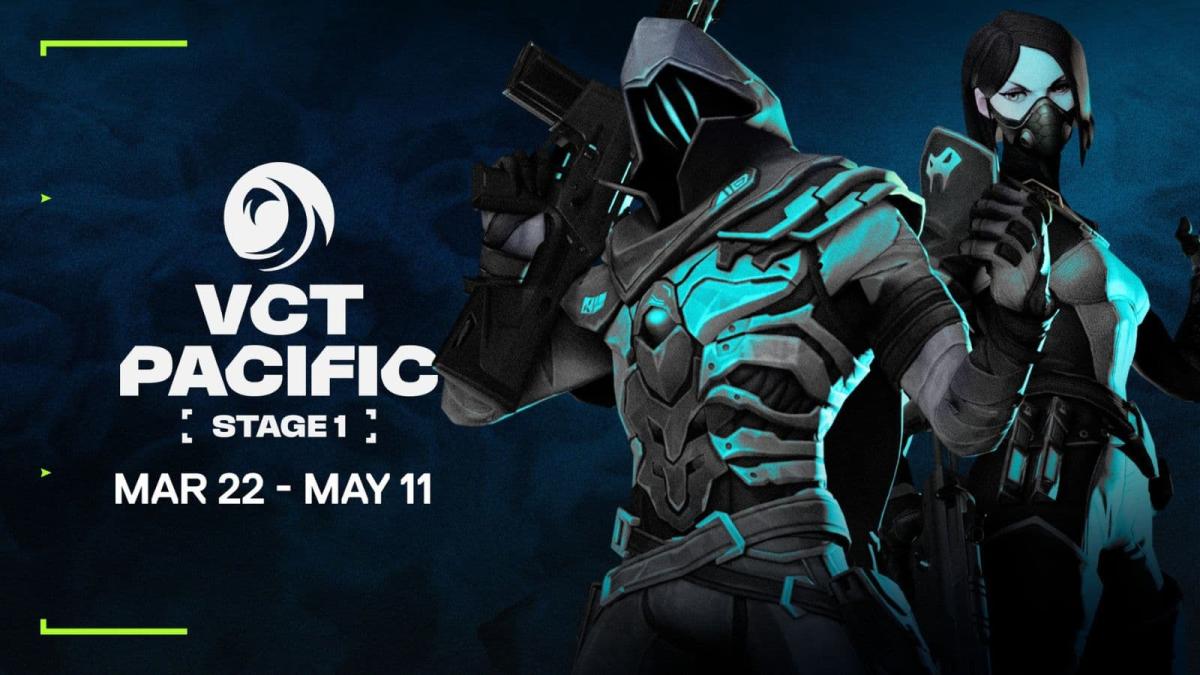
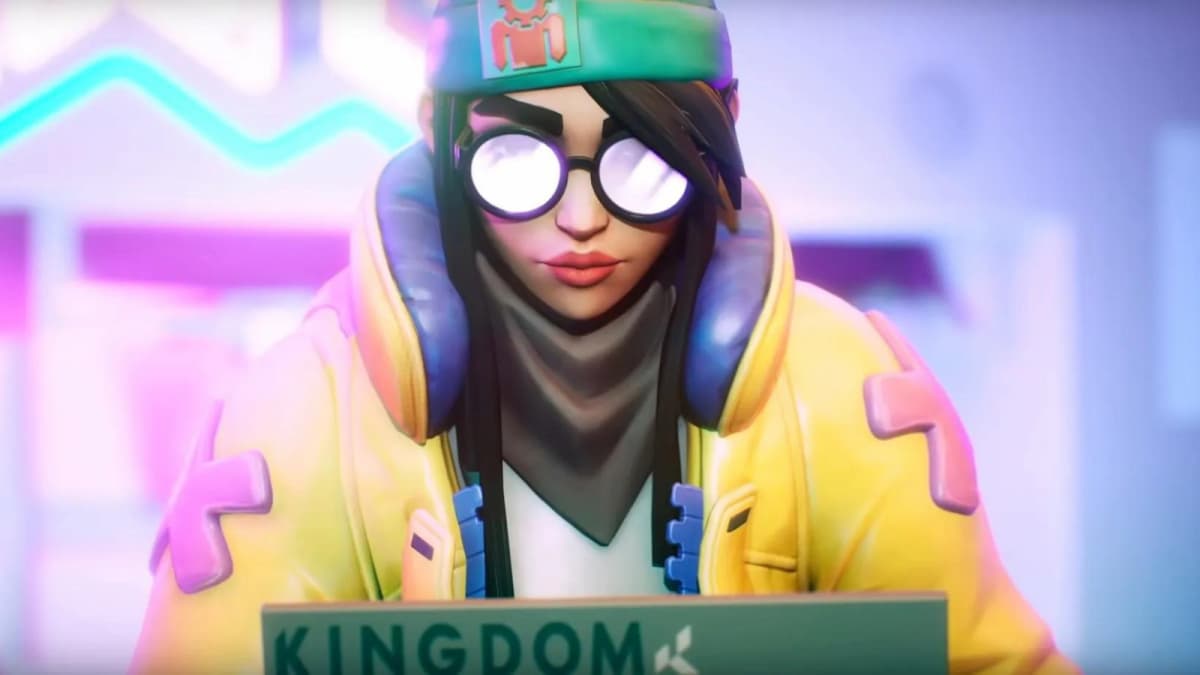
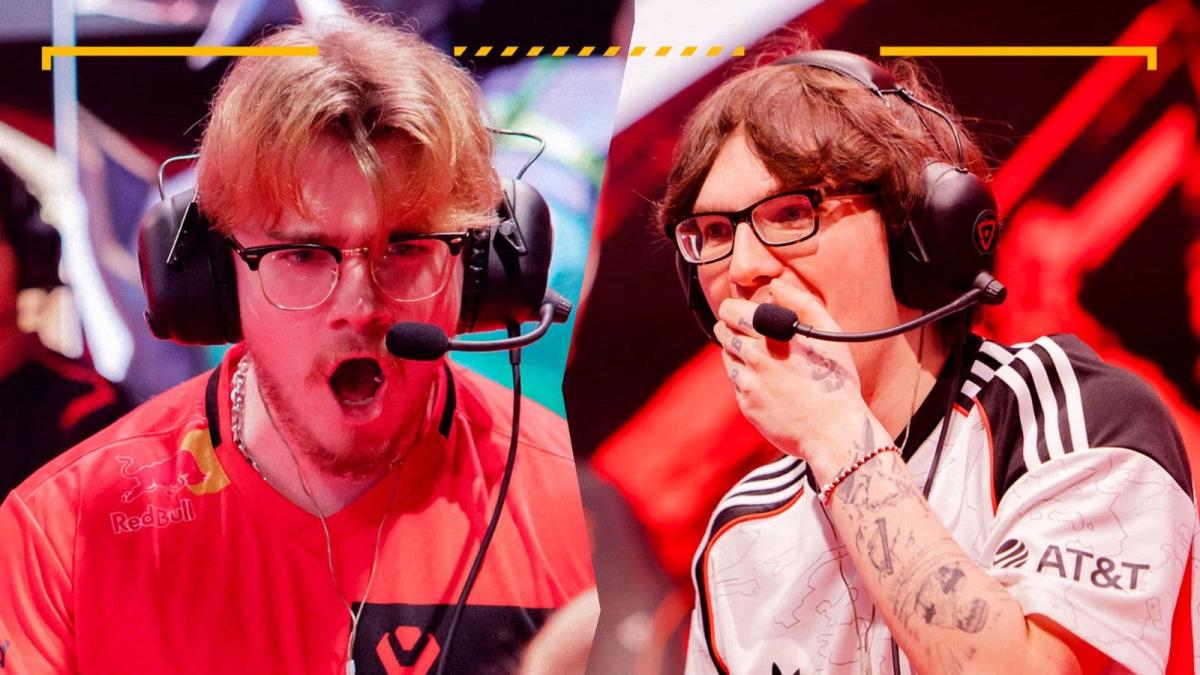
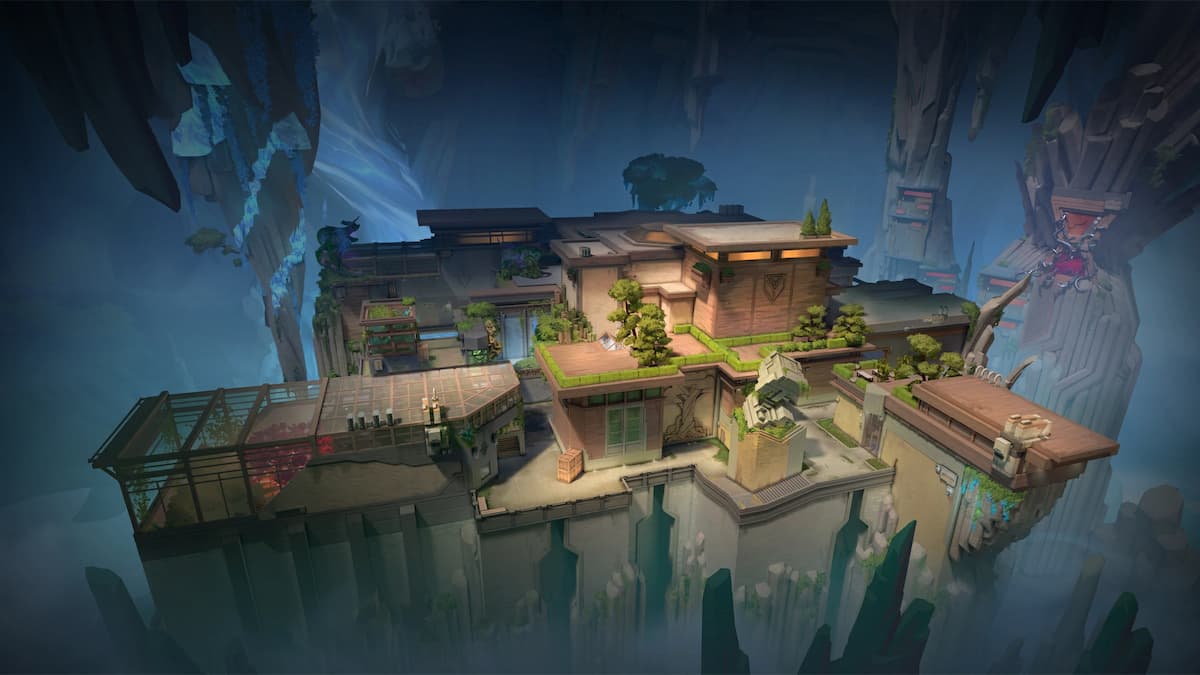
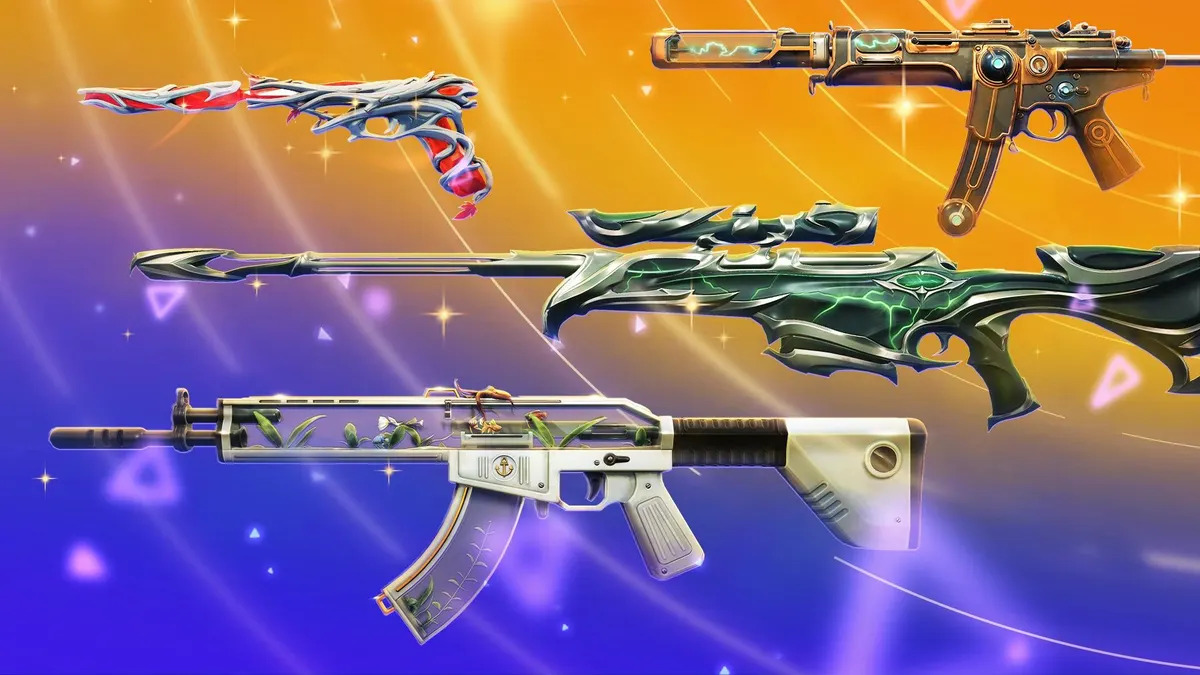
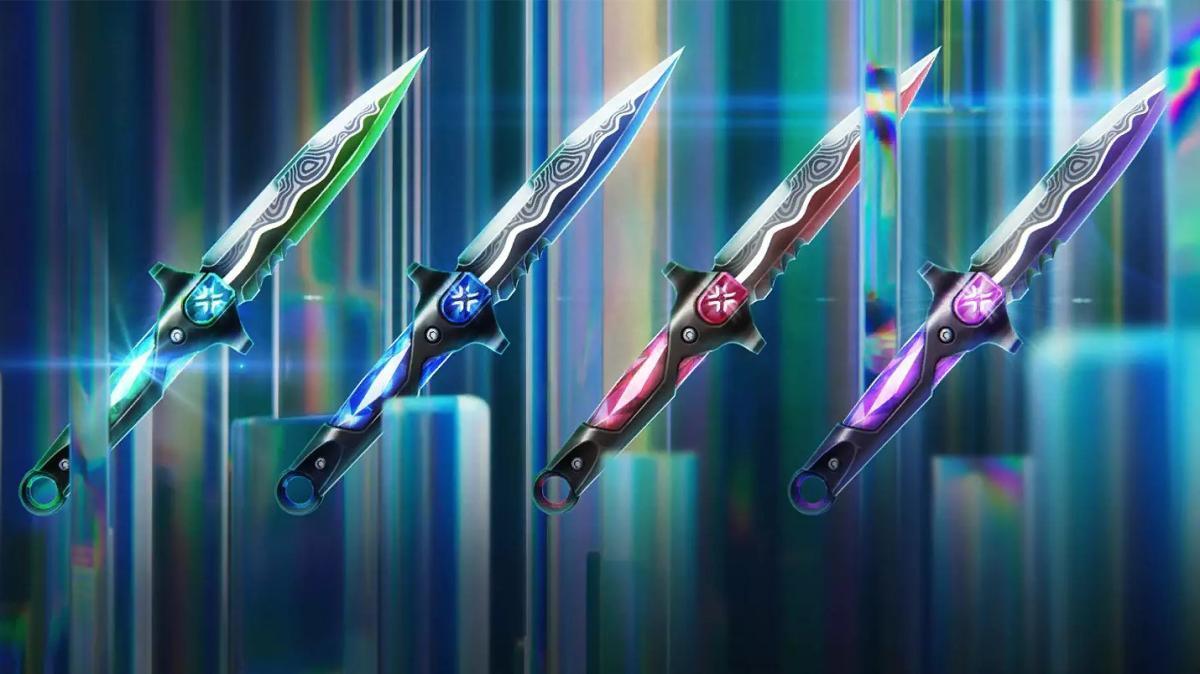
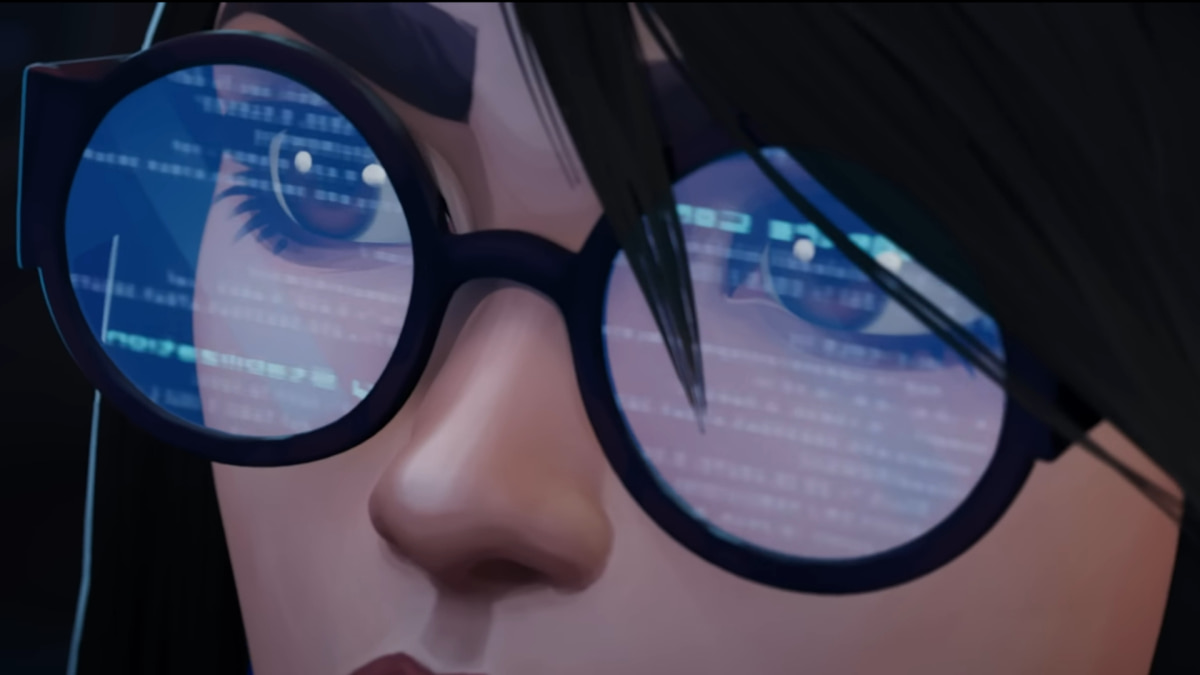
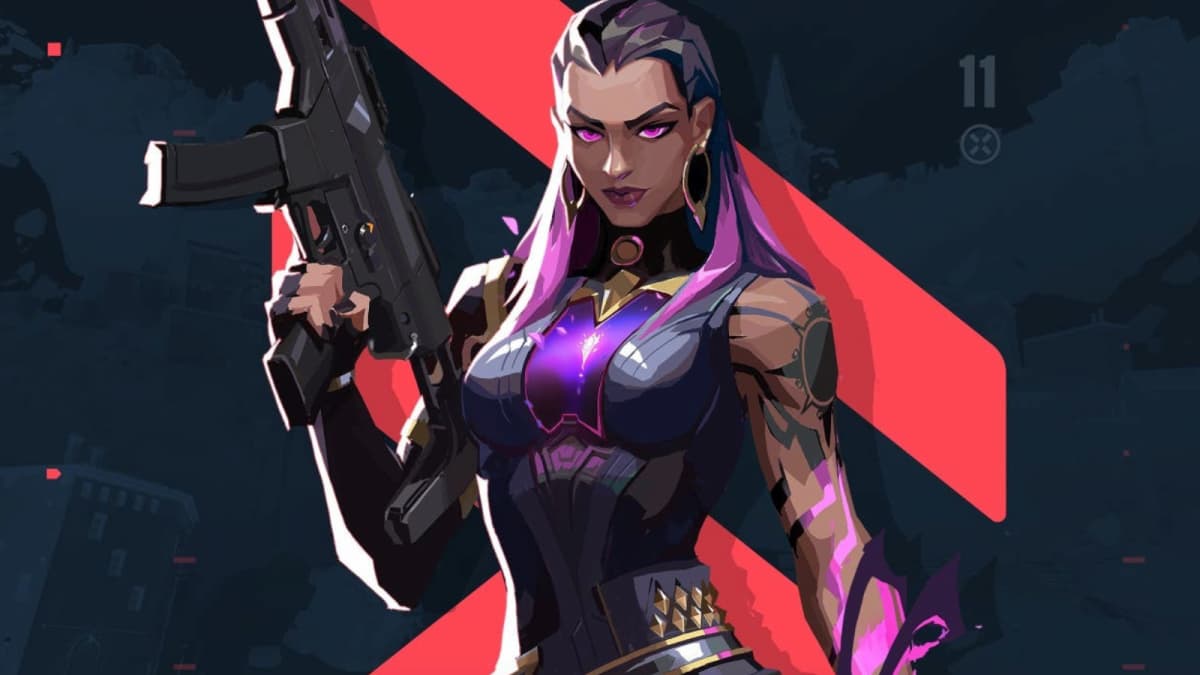

Published: Mar 26, 2021 10:15 pm